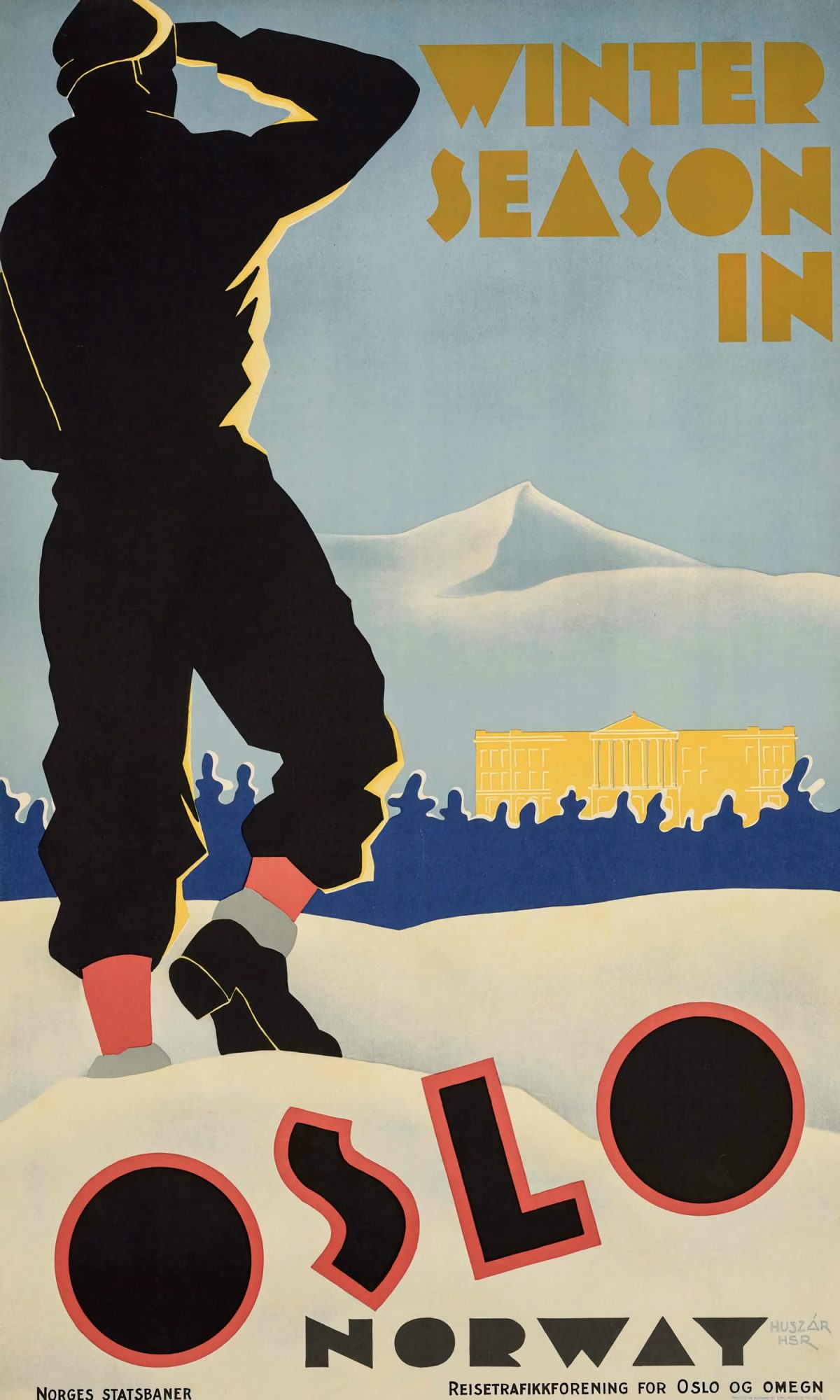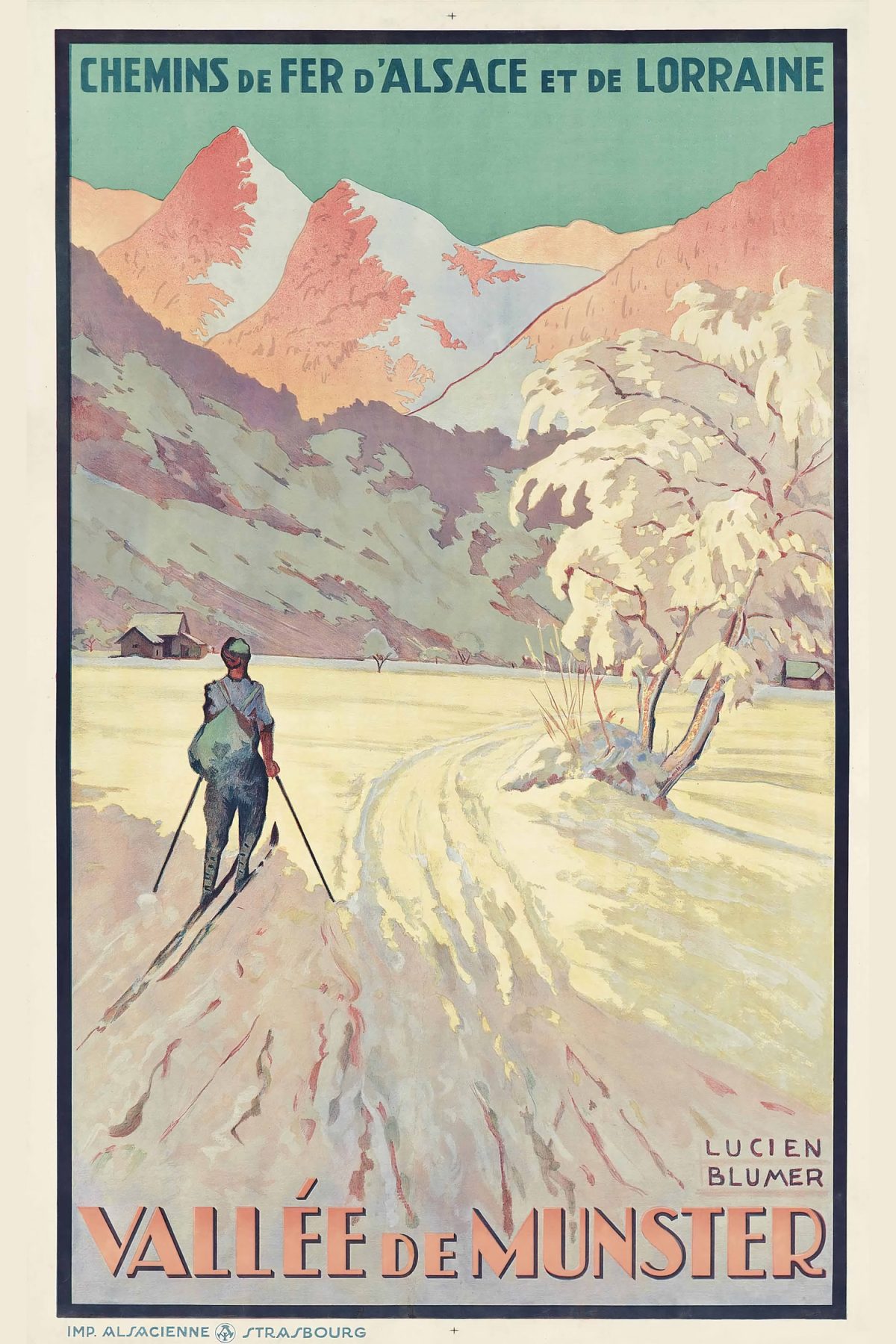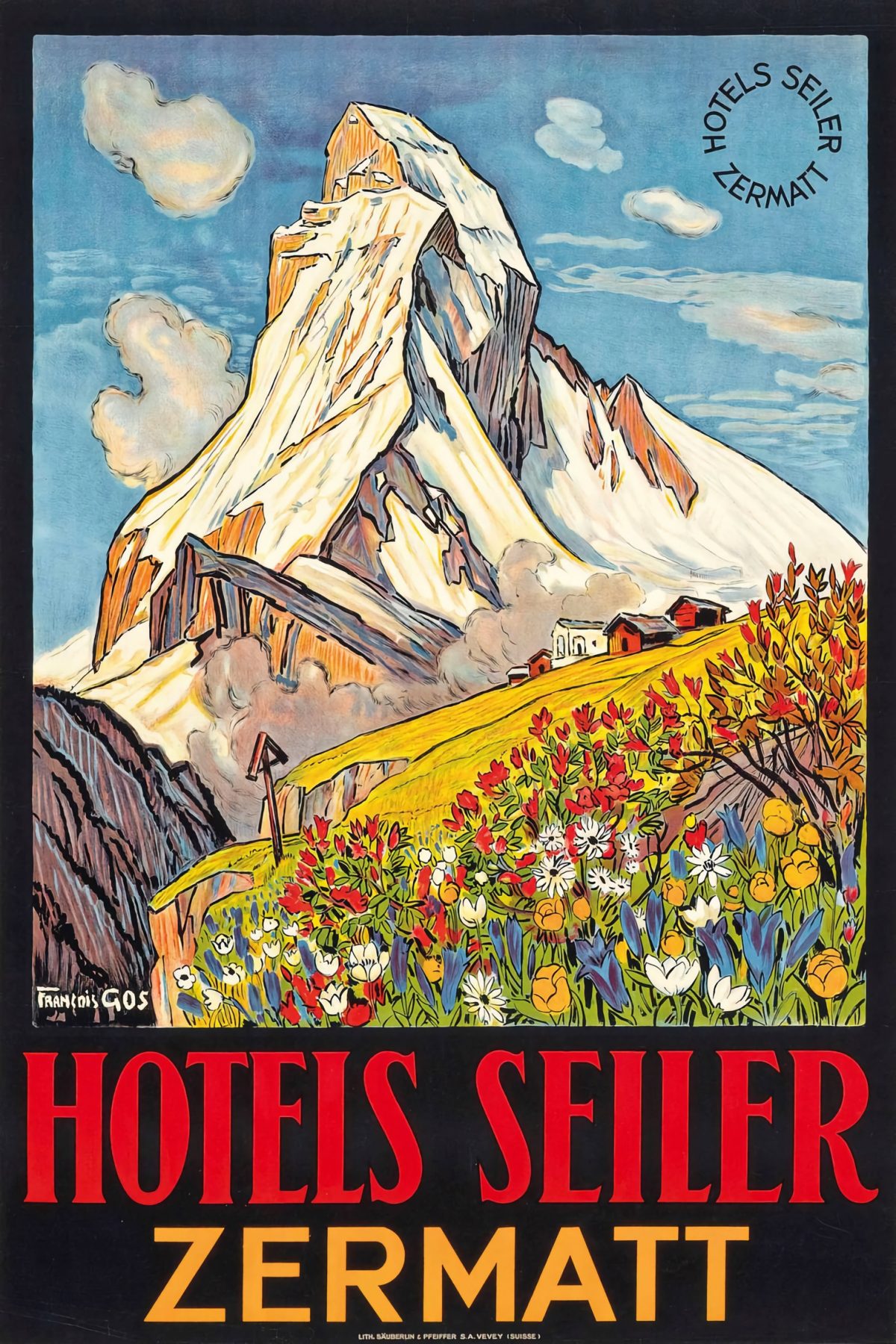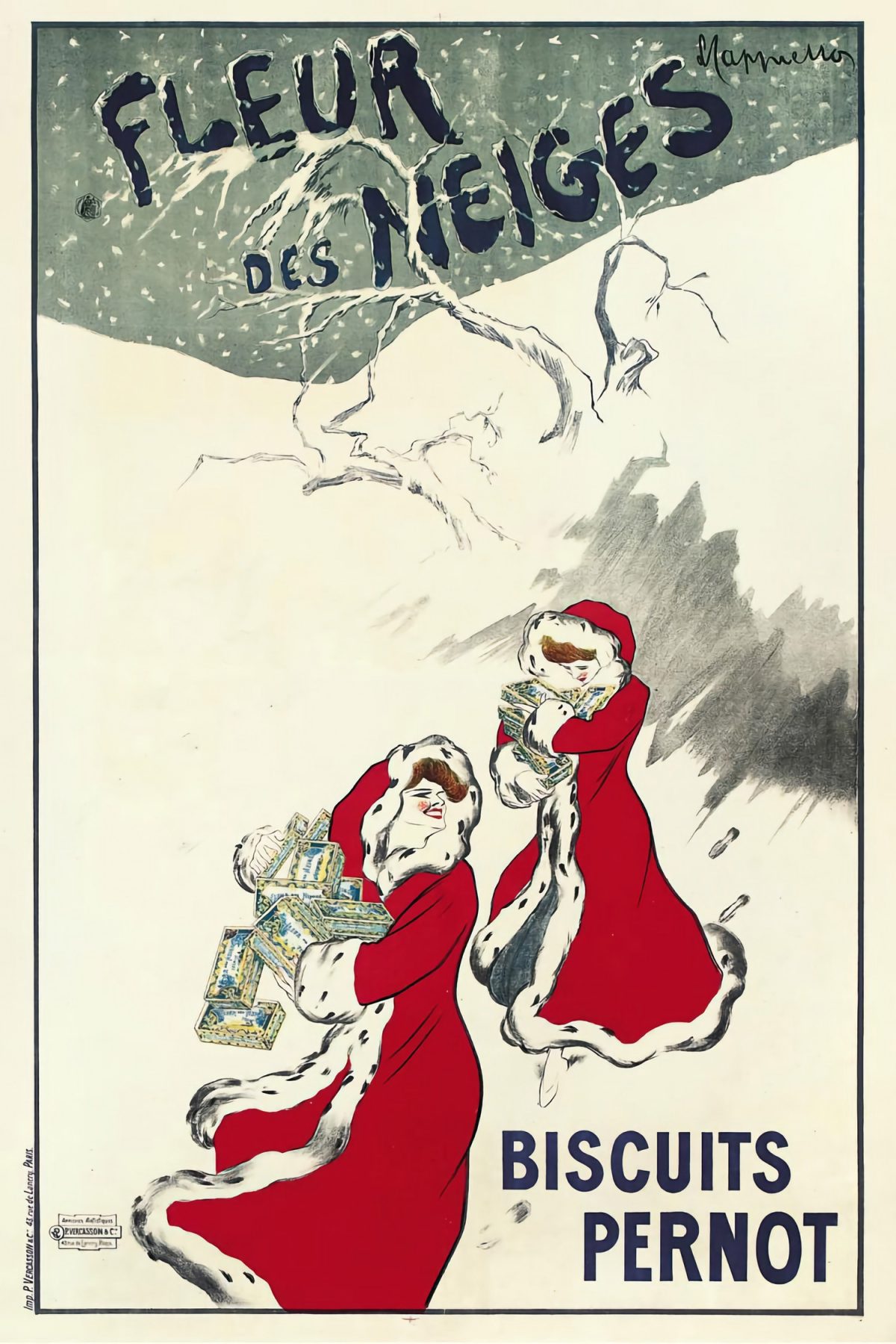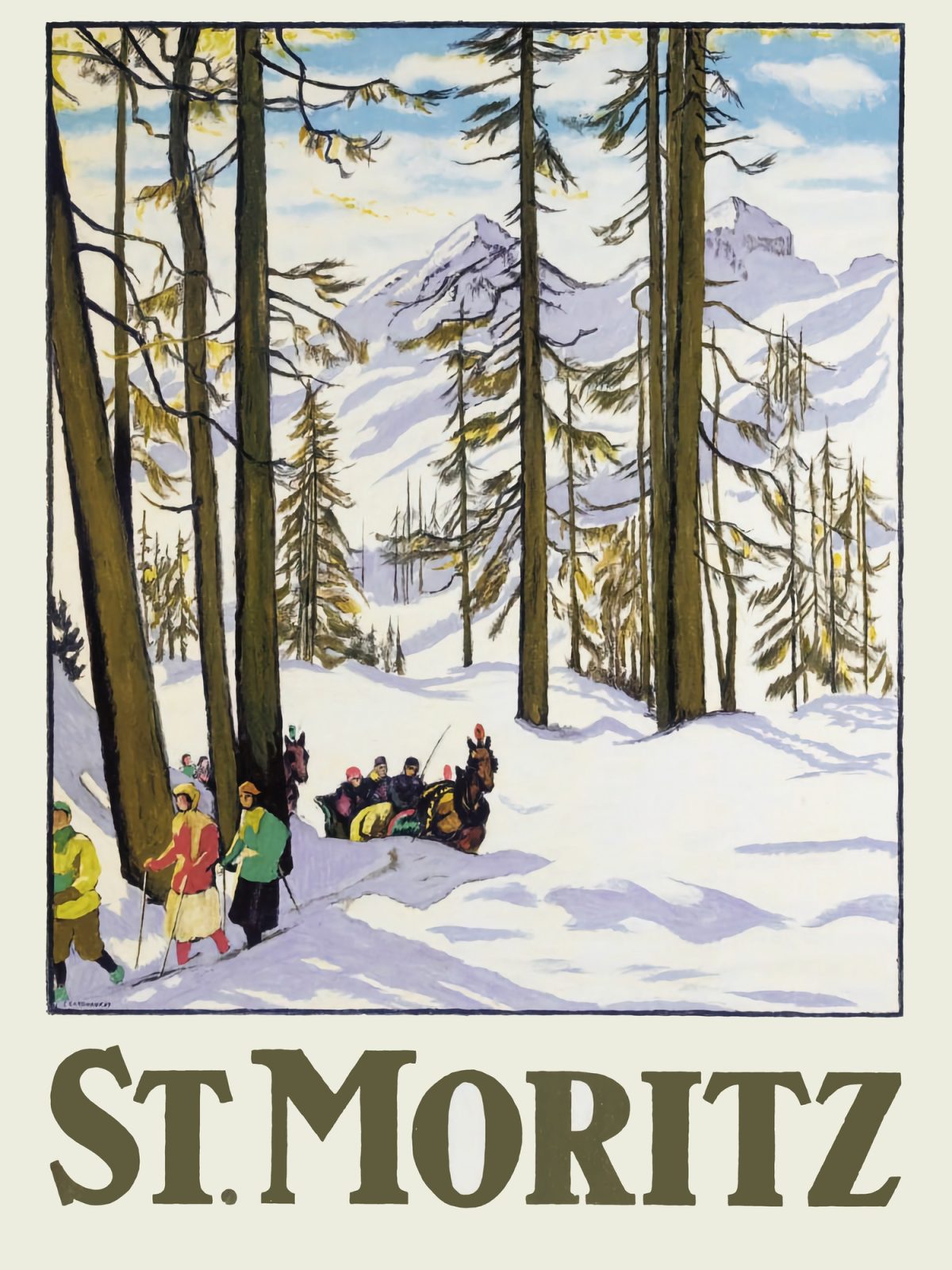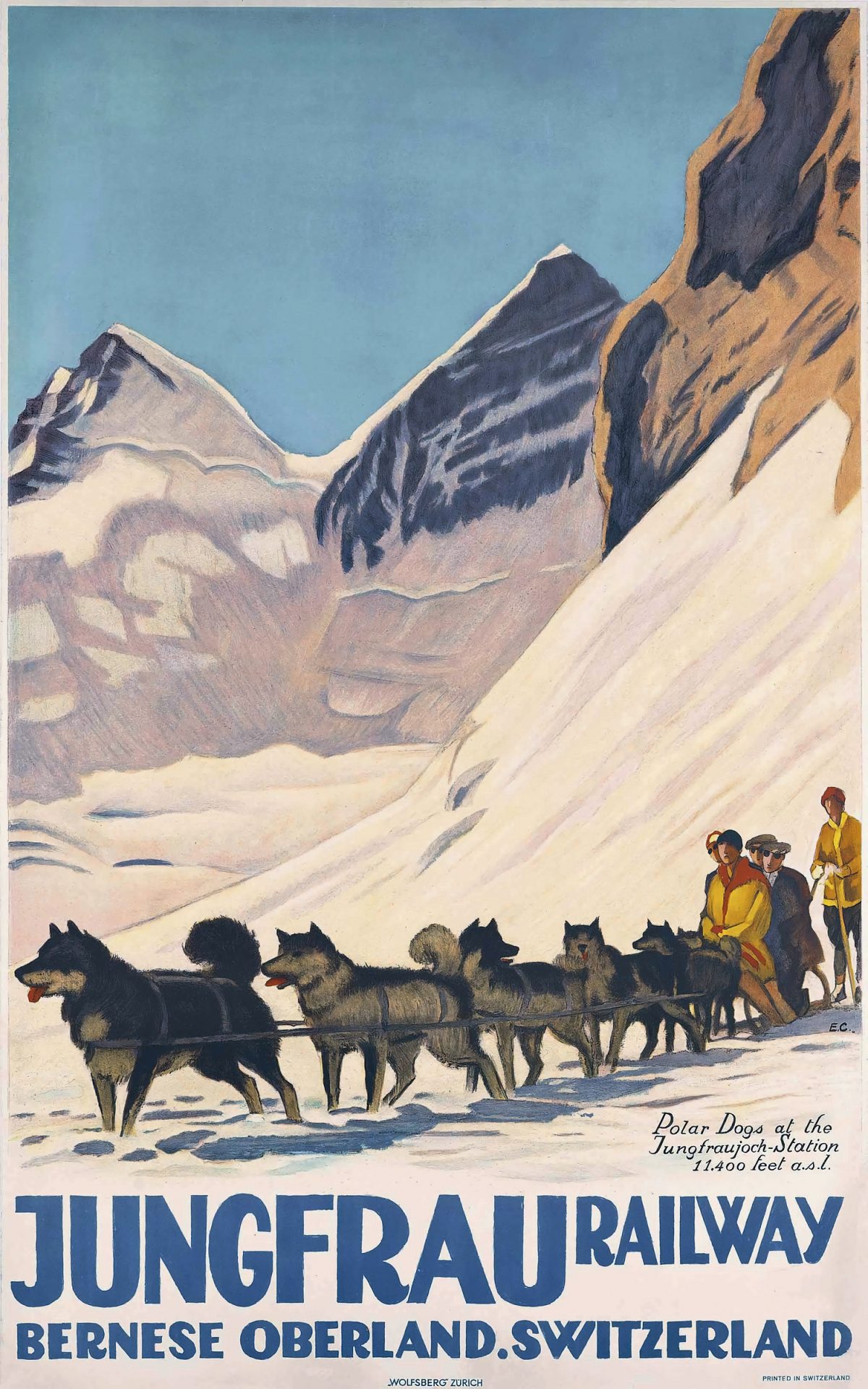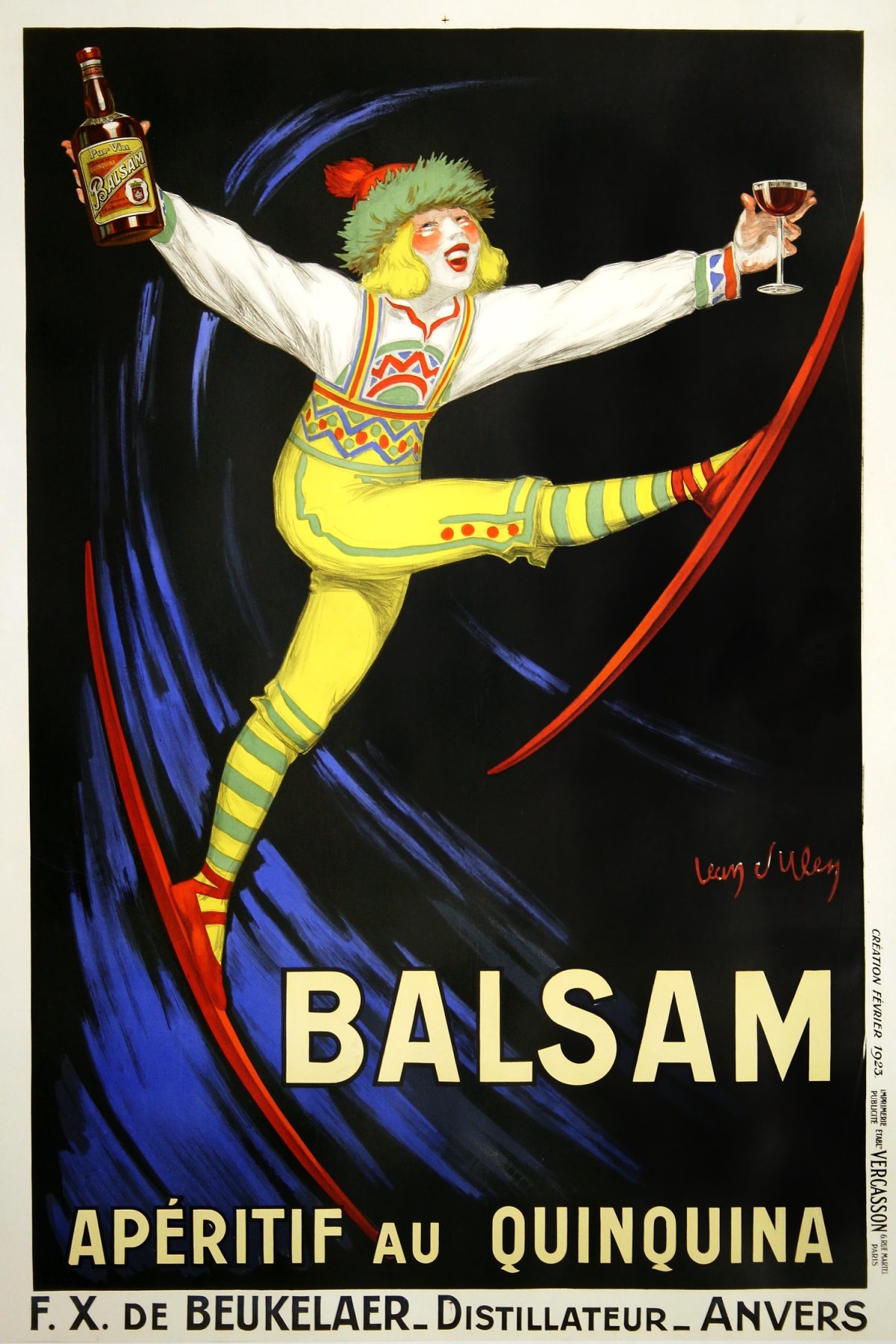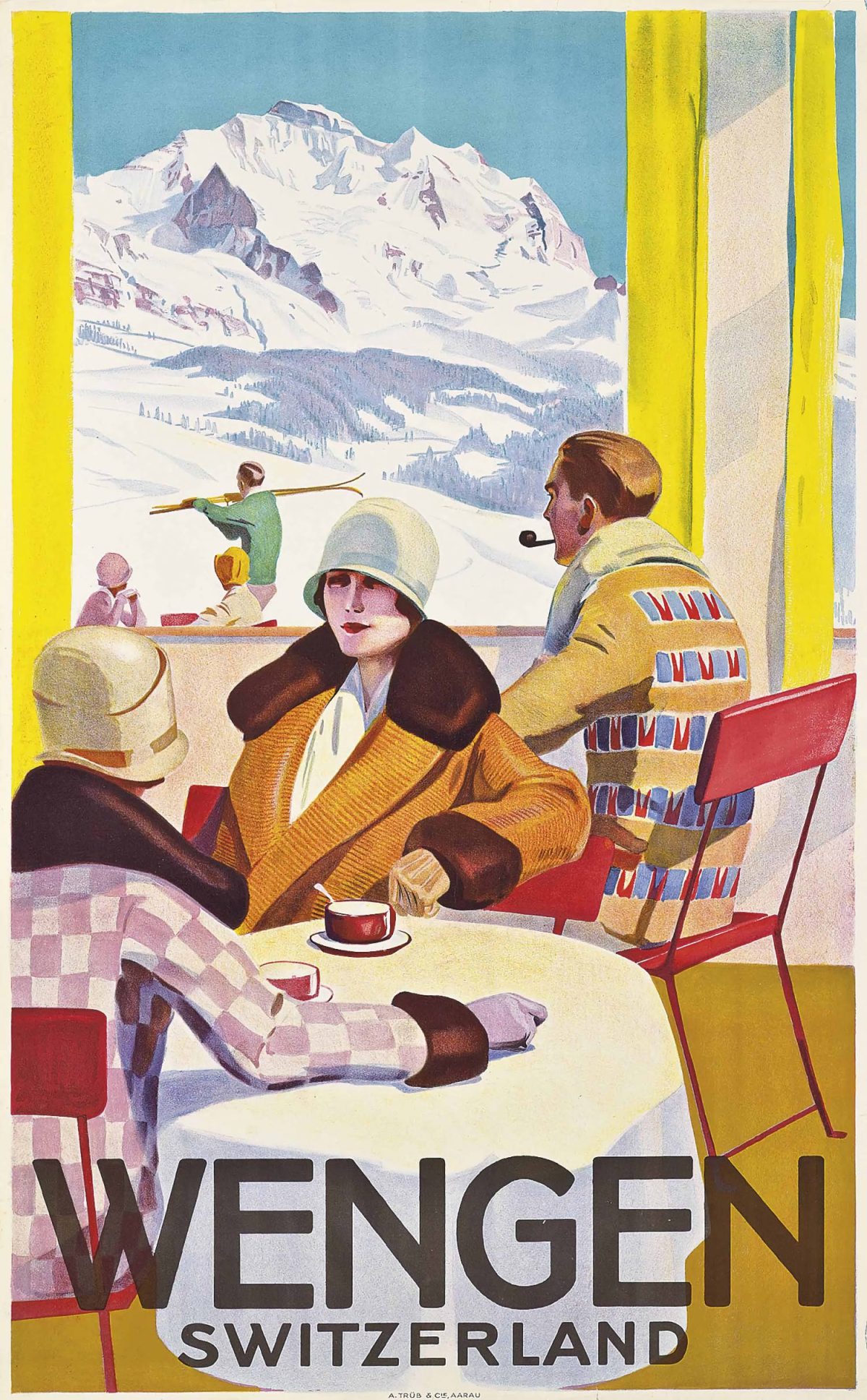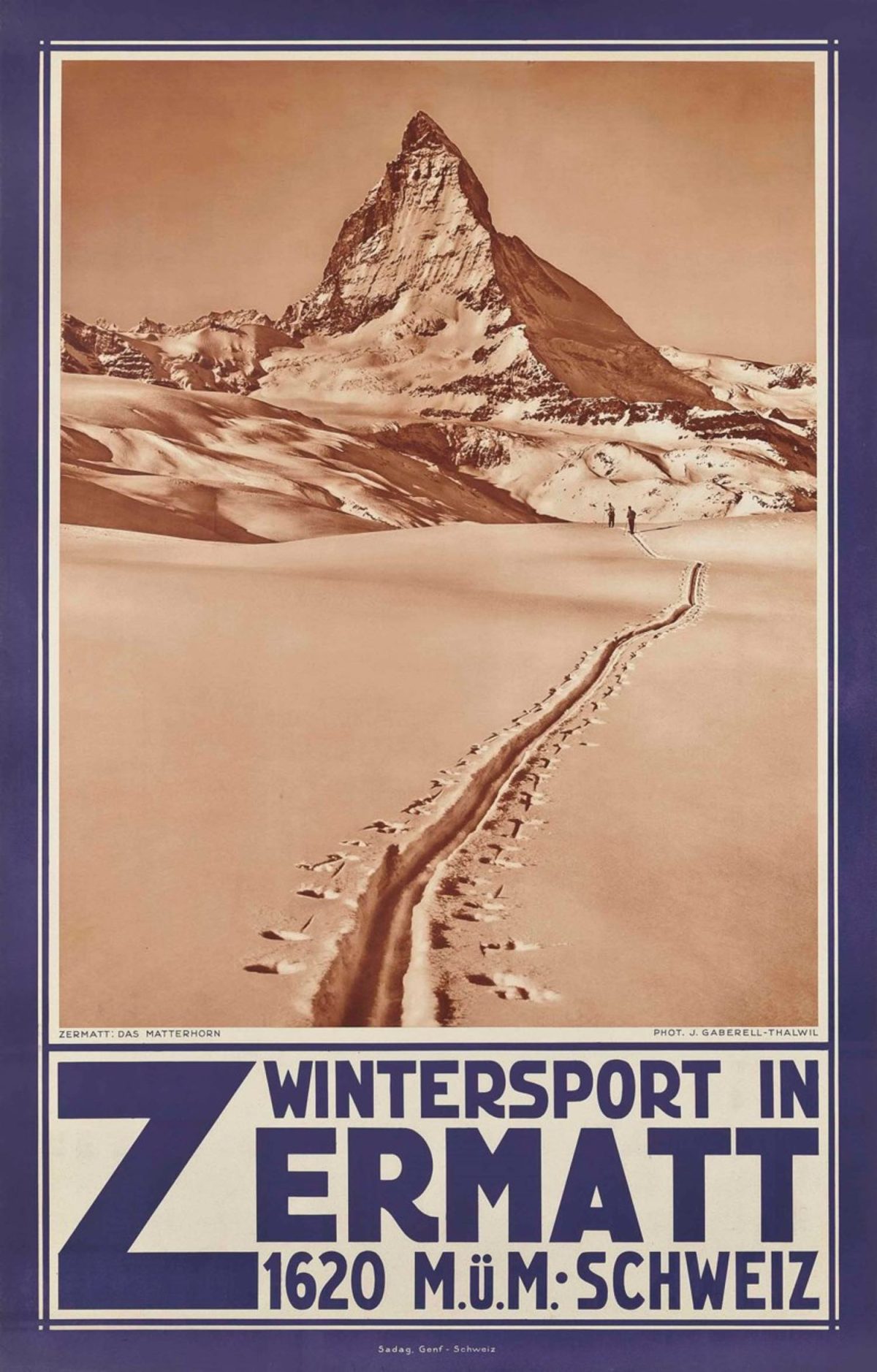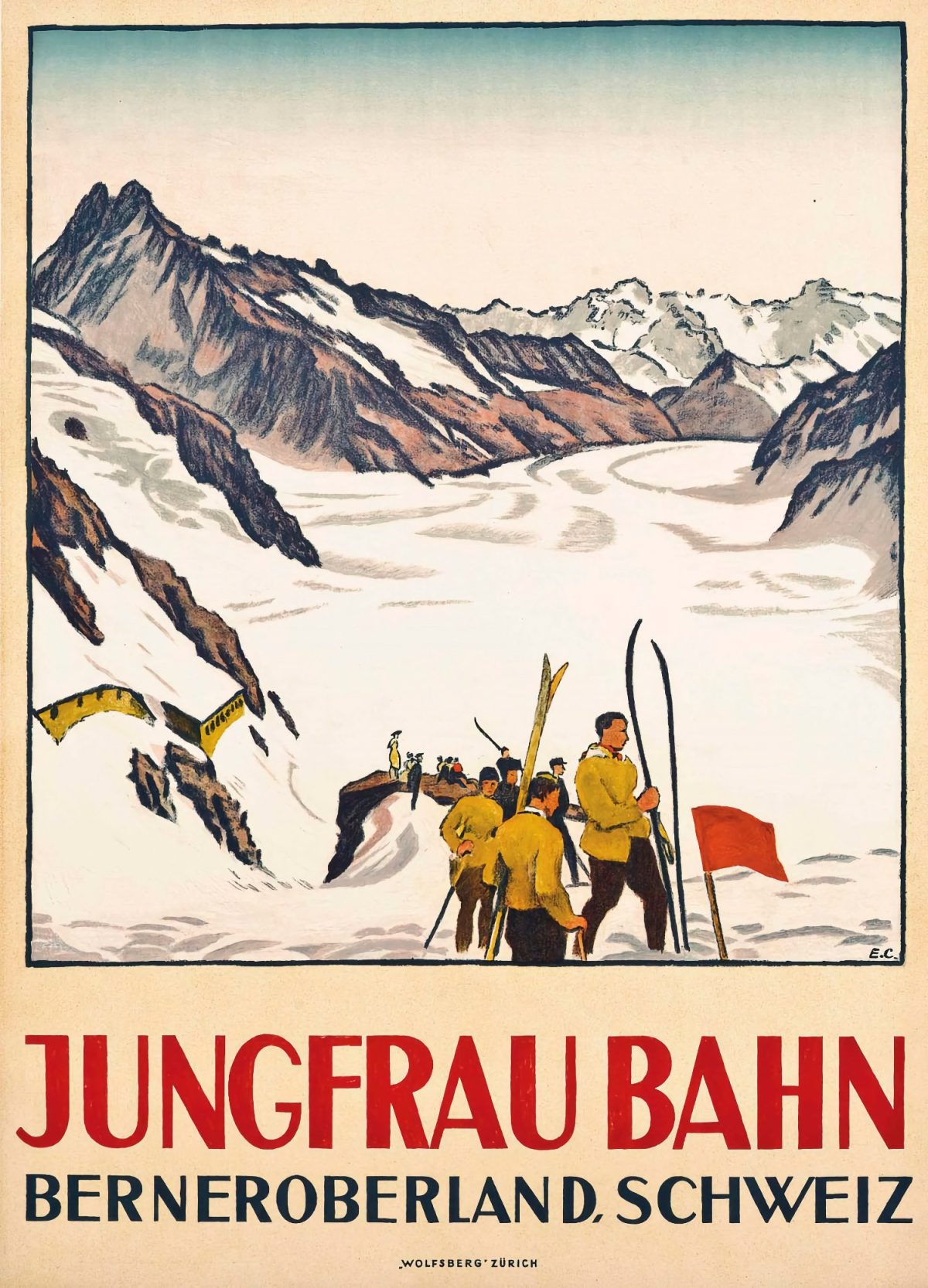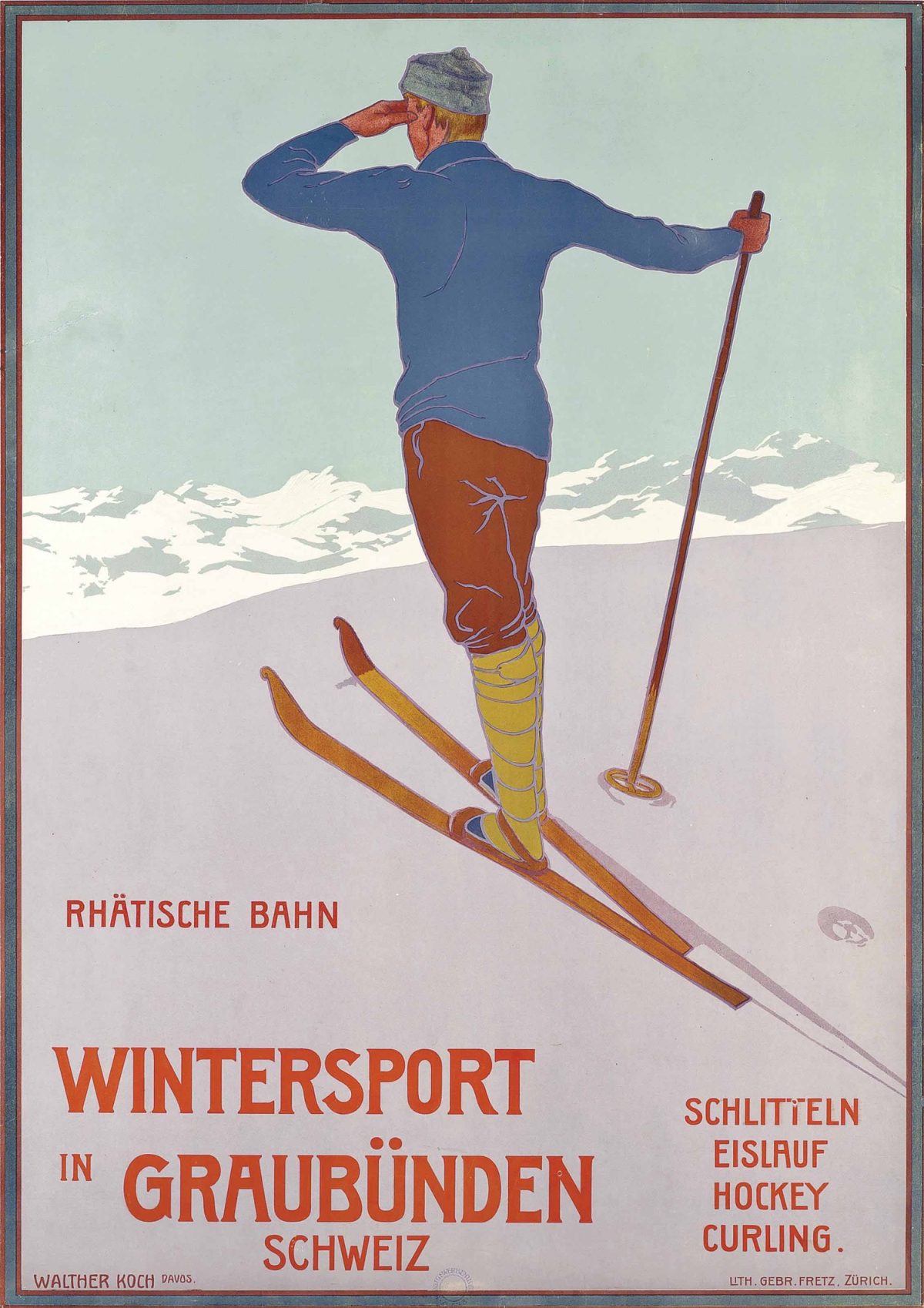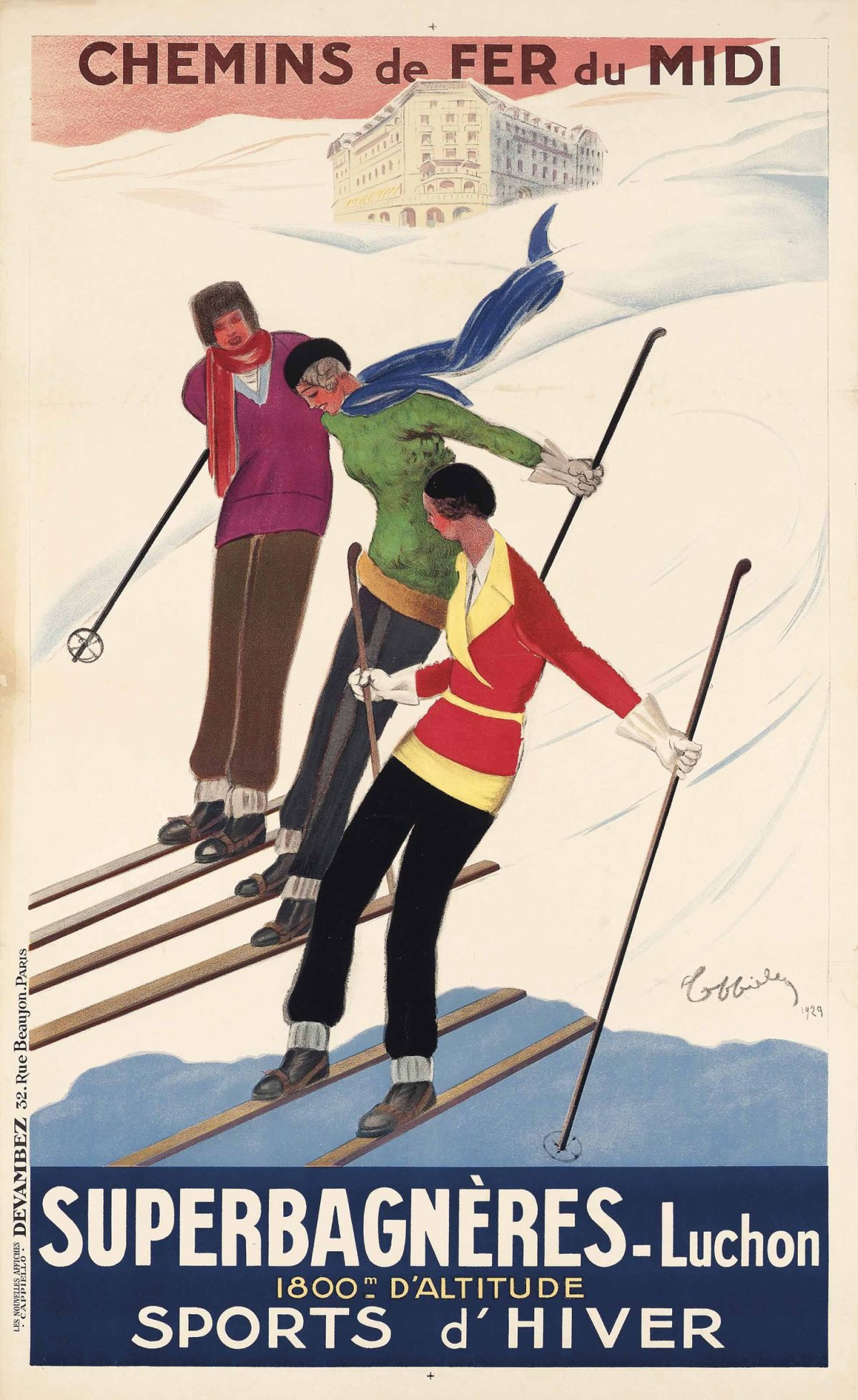The word ski comes from the Old Norse word skíð which means “cleft wood”, “stick of wood” or “ski” and of course skiing is hardly a relatively modern idea. According to Roland Huntford, the Author of Two Planks and a Passion: A Dramatic History of Skiing, cave drawings in Central Asia suggest that man used skis during the last Ice Age some 20,000 years ago.
The earliest skis that have been found date back to a mere 8000 years BC and were found in Northern China. They were made of 2-metre-long pieces of wood and were covered in horsehair, as equipement goes they were probably not conducive to a gold medal at an Olympic winter games.
In 1928, the steel edge ski was invented by Rudolph Lettner from Salzburg, Austria. An accountant by trade Lettner worked for Austria’s historic salt works, the giant Saline Hallein near Salzburg and on his days off he went skiing in the high mountains south of the town.
On a foggy Sunday in 1917, Lettner’s skis began to slip sideways. The hickory edges of the skis were too round and too worn to grip onto the hard icy snow and he started to uncontrollably slip down the mountain. He was convinced he was going to crash into rocks below but by dragging the steel tips of his poles along the icy snow Lettner managed to bring himself to a halt. It saved his life. Lettner realised that skiing could be much safer if skis had edges that were made of metal like the tips of his poles. After much trial and error his skis gave a much better grip on the snow and allowed skiers to carve into downhill turns. A few valleys over at around the same time a man called Hannes Schneider developed the stem turn and parallel turn, a new style of skiing – techniques that are still used and taught today. Modern skiing was born!
In 1924, the first Winter Olympics was held in Chamonix, France. To begin with, the games did not feature downhill skiing despite its growing popularity. Only the more established and old fashioned Nordic Skiing was featured. However downhill skiing was becoming fashionable and exciting, and it was included in the 1936 Winter Games hosted in Germany. In the same year as Olympic Winter Games, the chair lift was invented. This was utterly revolutionary for skiing especially as a recreational activity. These newfangled devices became ubiquitous in all resorts suddenly eliminating the tiring climbs up the mountain slopes. This meant it was possible for skiers to ski down the mountain multiple times a day.
The short climbs and relatively relaxed descents typical of a fashionable alpine ski resorts left the holidaying skiers plenty of time for apres-ski. In fact, the ski resort building accelerated after alpine skiing took hold. In turn this helped propel the popularity of alpine skiing and by the 1930s, when most of these adverts were produced, it seemed that pretty well everyone was skiing!
These and more are available in the Flasbak Prints Shop.
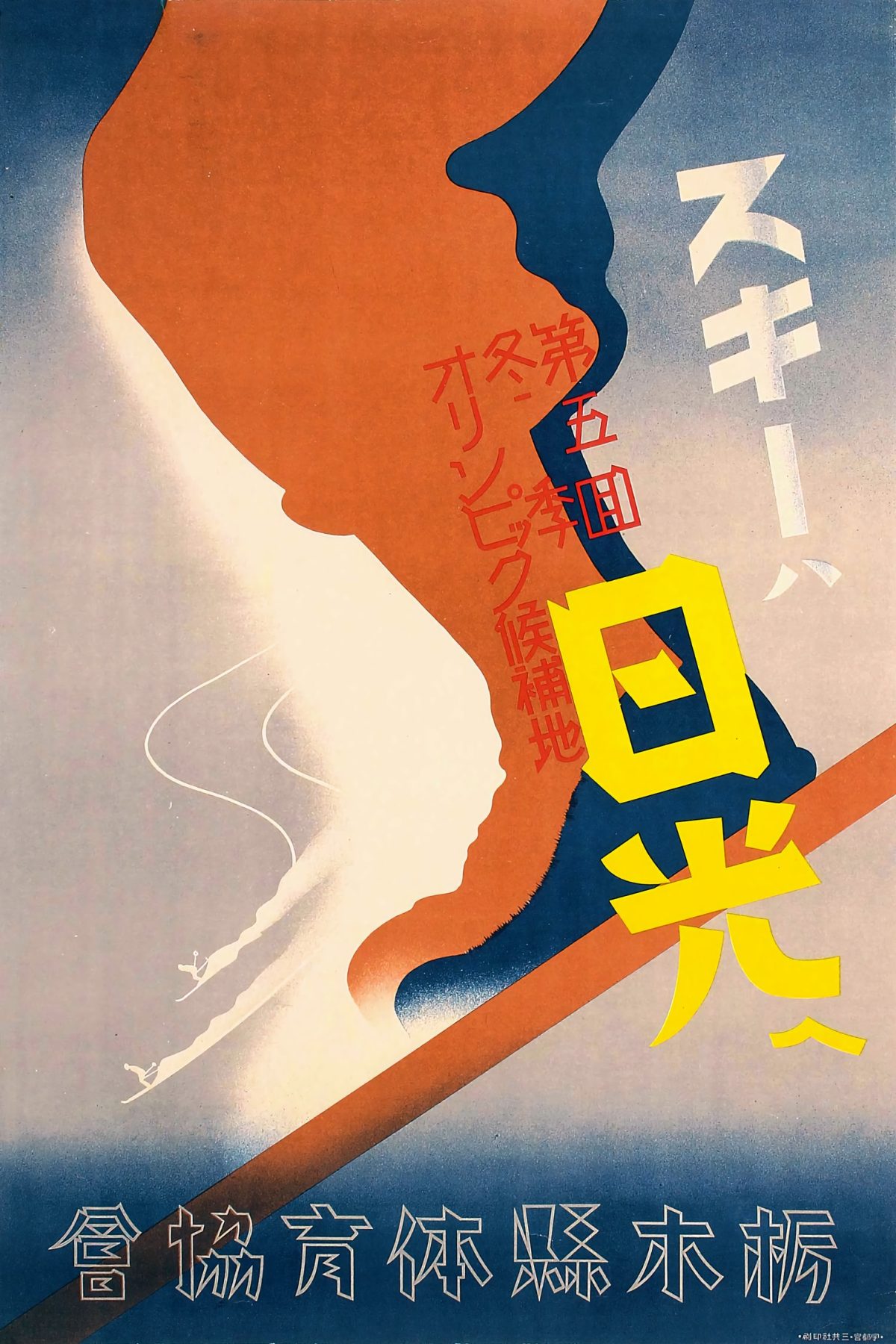
1930s Japan Travel Poster for skiing in Nikko, promoting Japan as a candidate for the 1940 Winter Olympics
These and more are available in the Flasbak Prints Shop.
Would you like to support Flashbak?
Please consider making a donation to our site. We don't want to rely on ads to bring you the best of visual culture. You can also support us by signing up to our Mailing List. And you can also follow us on Facebook, Instagram and Twitter. For great art and culture delivered to your door, visit our shop.
